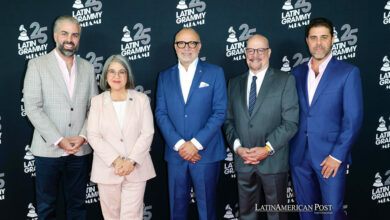Why do some of us find it easier to forgive?


A sports person who has accidentally caused serious injury to a rival, a distracted driver who has caused an accident, or a colleague who has involuntarily made a very serious error. Even outside the court room we have all been in situations in which we have had to express judgements on specific events on the basis of the seriousness of the incident but also on the intentions of those who caused them.
Now, according to researchers, the larger the amount of gray matter in the anterior superior temporal sulcus, the more likely you are to forgive those who have unintentionally caused you harm.
The researchers were led by Giorgia Silani from the University of Vienna in Austria, and the study was carried out in collaboration with scientists from Trieste University in Italy and Boston College in Massachusetts.
As the authors explain, making a mature moral judgment about a wrongful act involves not only considering the damage done, but also the perpetrator’s intention and mental state. When there is a clear contradiction between the two, however, intention seems to take precedence over the result of the action.
Researchers specifically examined the role of a part of the brain, called anterior superior temporal sulcus (aSTS), and discovered that the larger the amount of grey matter in this patch of cortex, the more likely we are to forgive those who have made a serious mistake by accident.
“Behavioural studies have already shown that when the intention and outcome of an action are conflicting, as in the case of sometimes serious accidental harm, people tend to focus mainly on the intentions when formulating a judgement. And this is more or less a universal feature of mature moral judgments across cultures”, says Indrajeet Patil, the research’s primary author.
To do this, the researchers asked 50 participants to complete a moral judgement task. The volunteers were presented with 36 unique stories and four potential outcomes for each of them.Participants read each story and were asked to give their moral judgment by answering questions regarding “acceptability” and “blame.” Namely, the participants were asked: “How morally acceptable was the agent’s behavior?” and “How much blame does the agent deserve?” The volunteers gave answers based on a scale from 1 to 7.
While answering the questions, the participants’ brain activity was analyzed using voxel-based morphometry, a neuroimaging technique that allows for a holistic examination of brain changes while simultaneously preserving a high degree of brain region specificity.
The results revealed a connection between the differences in moral judgement severity about unintentional harm and the volume of the left aSTS brain region.
More specifically, the more developed the aSTS was, the less blame was attributed to the wrongdoers. “The greater the gray matter volume in this area, the less accidental harm-doers are condemned,” the authors write.
This study opens up new avenues for neuroscientific research. Patil and colleagues recommend that further studies use more realistic contexts to study moral judgments, as well as using a more demographically diverse study sample.
Prepared by





